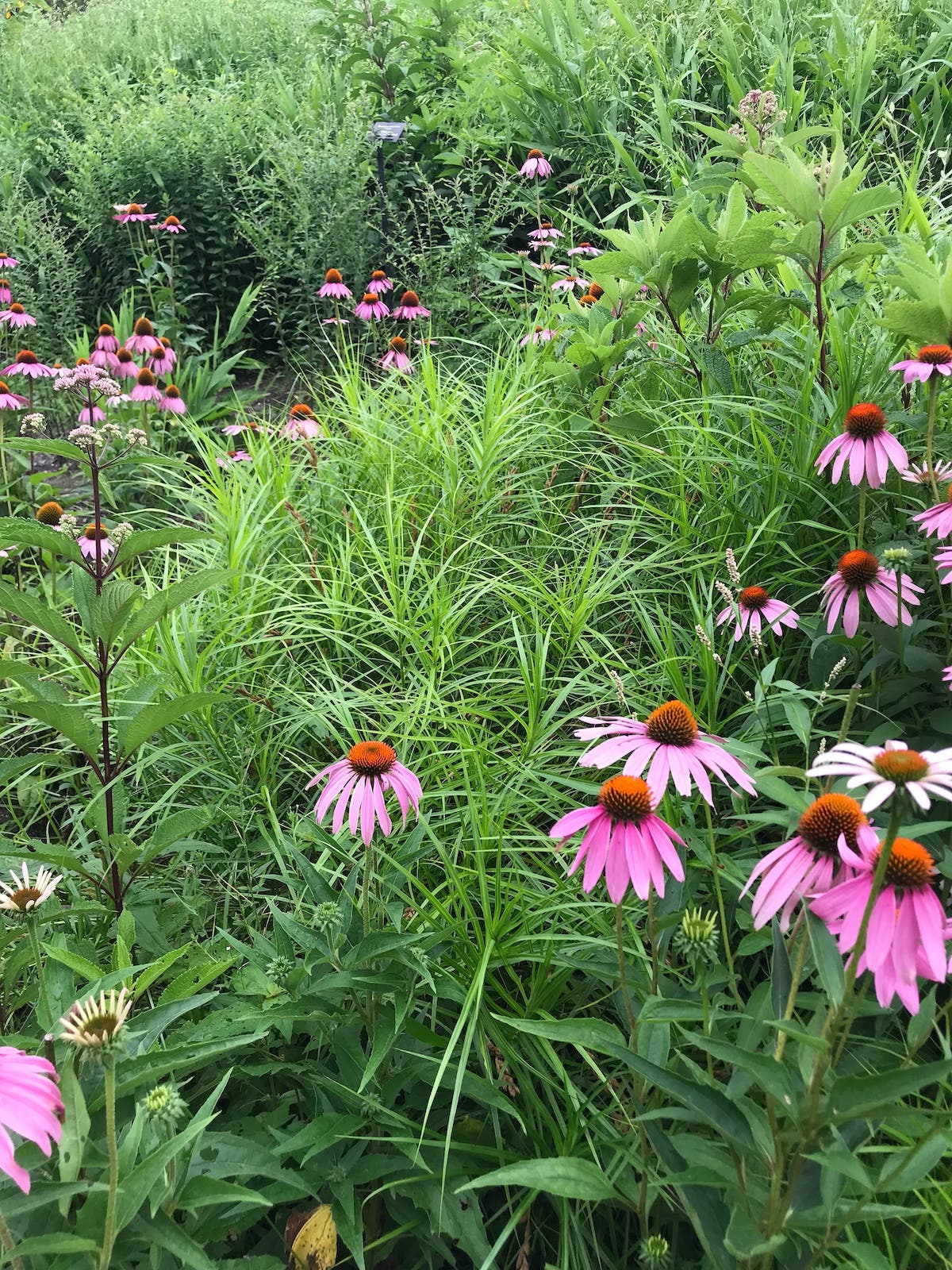‘Snow Love’ Hellebore Has Long-Lasting Flowers That Shift from White to Green
Silvery foliage rounds out the appeal of this lovely hellebore.
'Snow Love' hellebore offers long-lasting white shifting to green flowers above silvery evergreen foliage throughout spring. This early-blooming perennial provides long-lasting floral interest in the garden. Flowering begins when not much else is in bloom. The flowers stay on the plant to overlap with later spring perennials. Hellebores are treasured for their low maintenance, cold tolerance and deer resistance, but they're most loved for their early bloom. A part of the Winter Magic hellebore series, this hybrid hellebore supplies all of the above with a unique color shift.
Common name: 'Snow Love' hellebore
Botanical name: Helleborus x nigercor 'Snow Love'
Origin: 'Snow Love' is a hellebore in the Winter Magic series of hybrid hellebores bred in Belgium by Thierry Van Paemel at his specialty nursery Het Wilgenbroek.
Type of plant: Evergreen perennial
Size and habit: It grows about 15 inches tall and 18 inches wide, with a low mounding habit.
Flowers: 'Snow Love' begins to bloom in late winter or early spring, producing large, outward-facing flowers well above its evergreen foliage. The flowers start out white, shift to pale yellow and finally age to fresh green. They remain on the plant well into spring.
Foliage: The large, evergreen leaves have a coarse visual texture. They are deep green with a distinct silvery cast.
Growing 'Snow Love' hellebore
Exposure: Part sun to full shade
How to grow it: Plant 'Snow Love' hellebore in part sun to shade and well-drained average soil. Provide even watering while the plant is getting established. Once fully settled in, hellebores can tolerate moderate drought. This hellebore is an evergreen perennial, but its older leaves may look ragged by midwinter. From winter to earliest spring, before new growth appears, trim them at soil level to make way for fresh foliage and flowers. Leave mature leaves that are in good condition on the plant to provide a visual frame for the flowers. USDA Zones 3–9.
Image courtesy of Plants Nouveau







